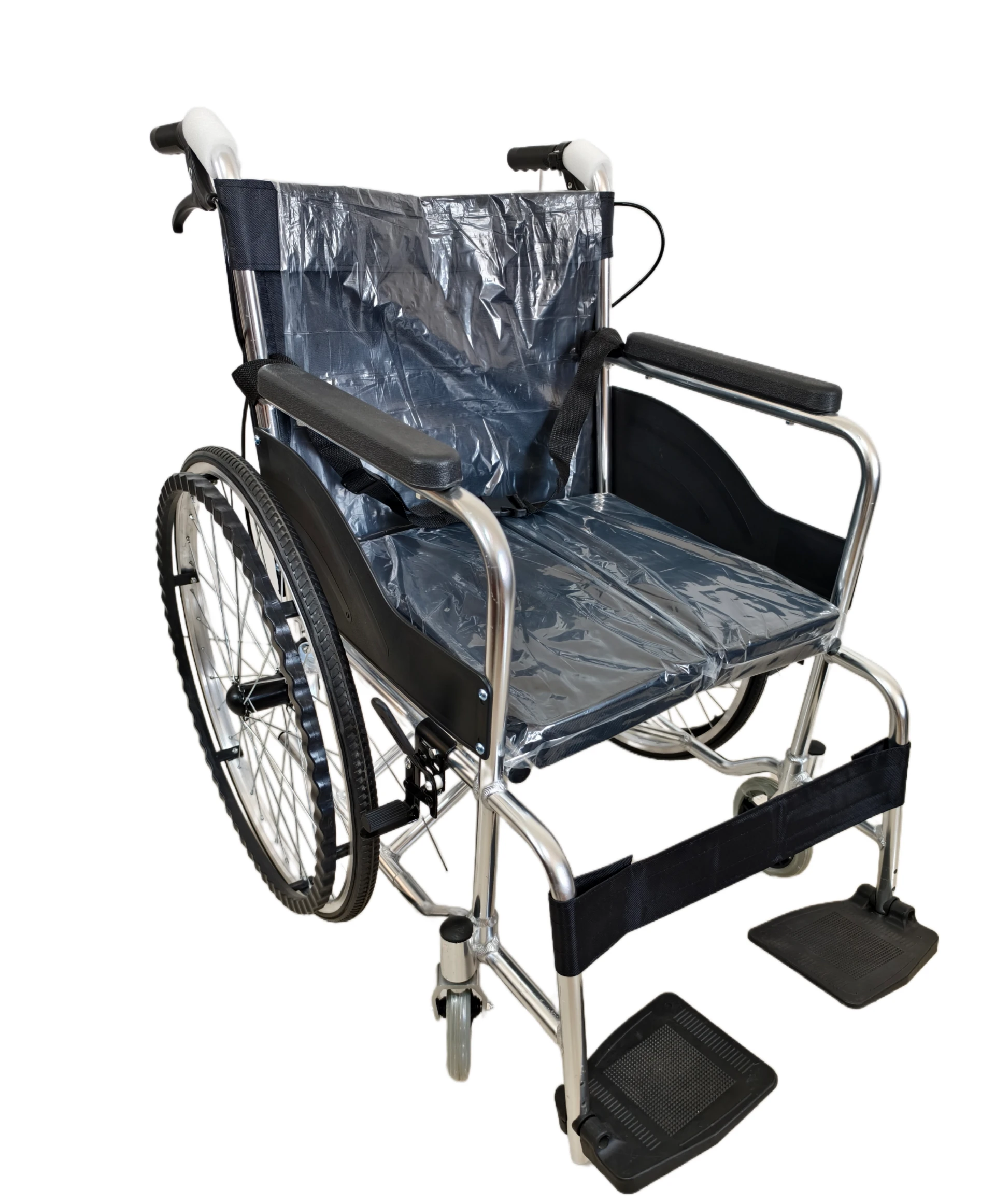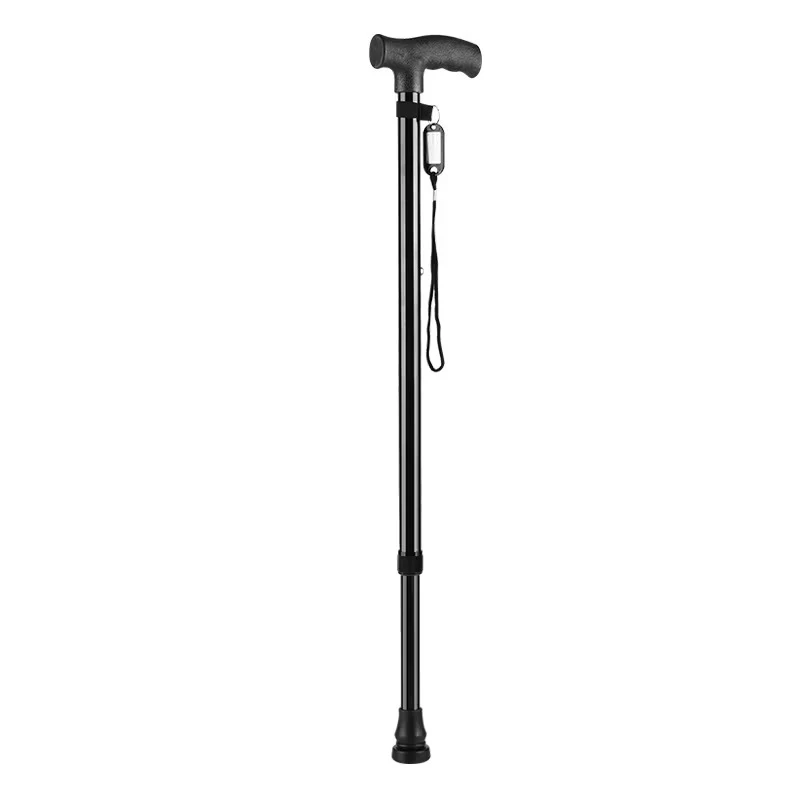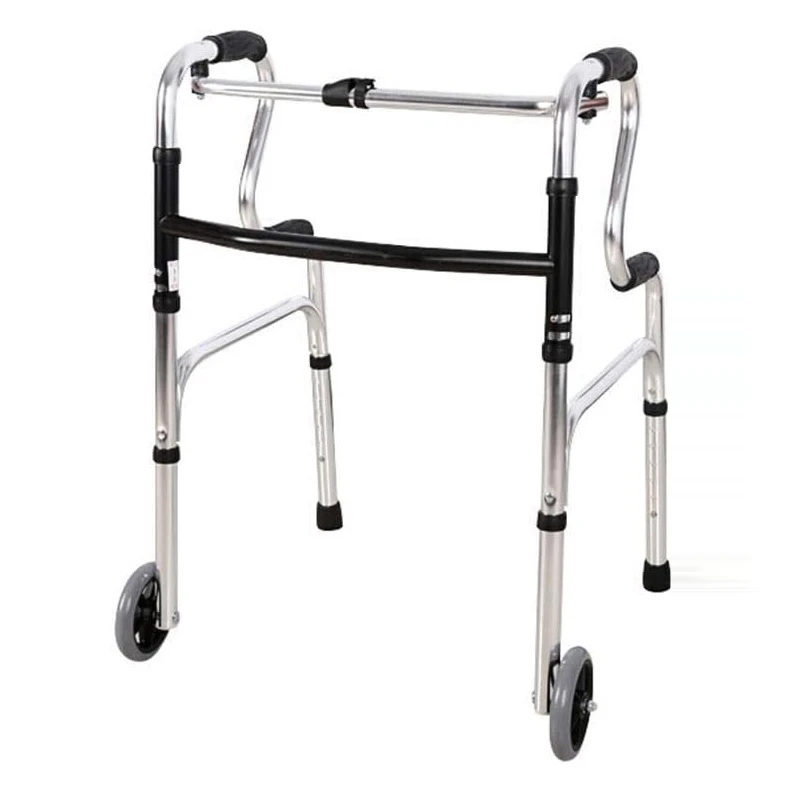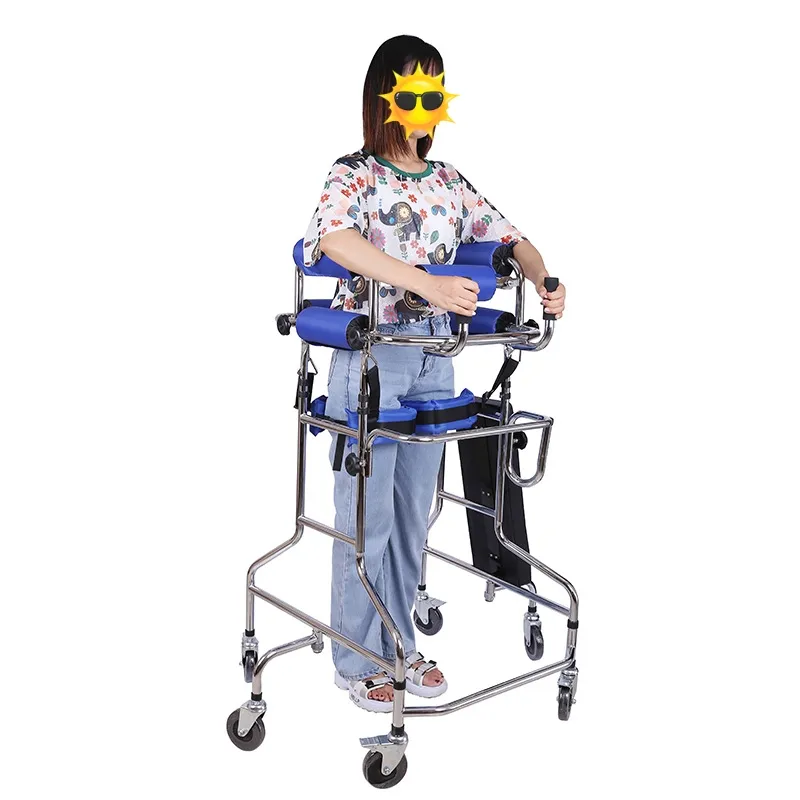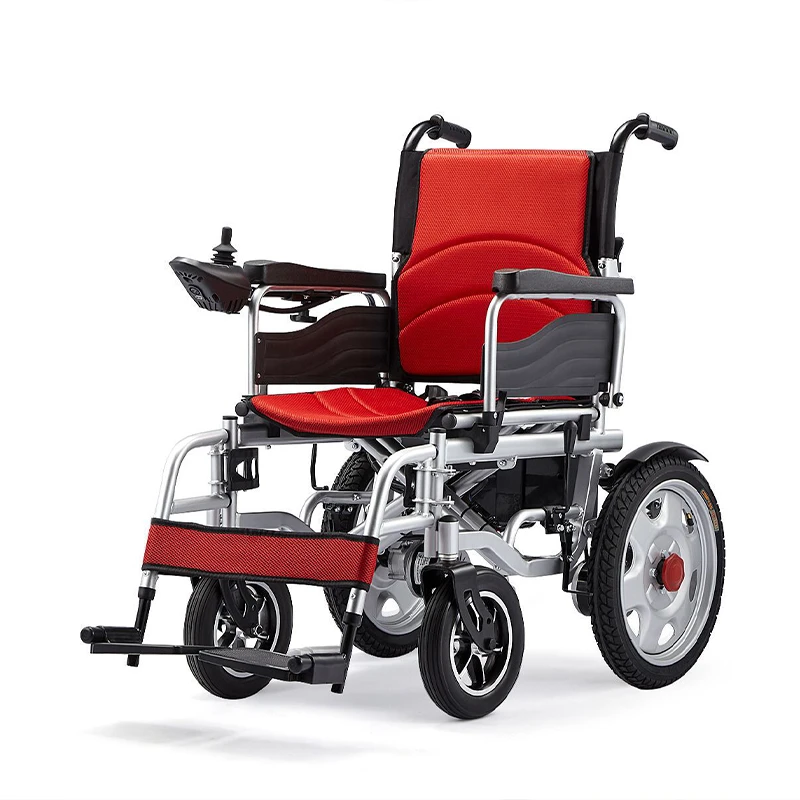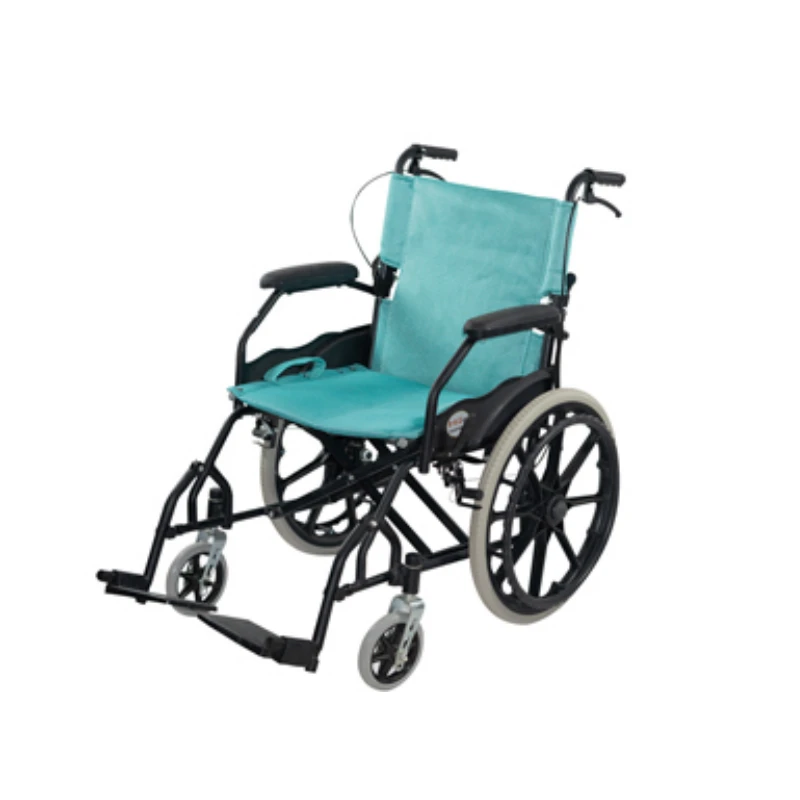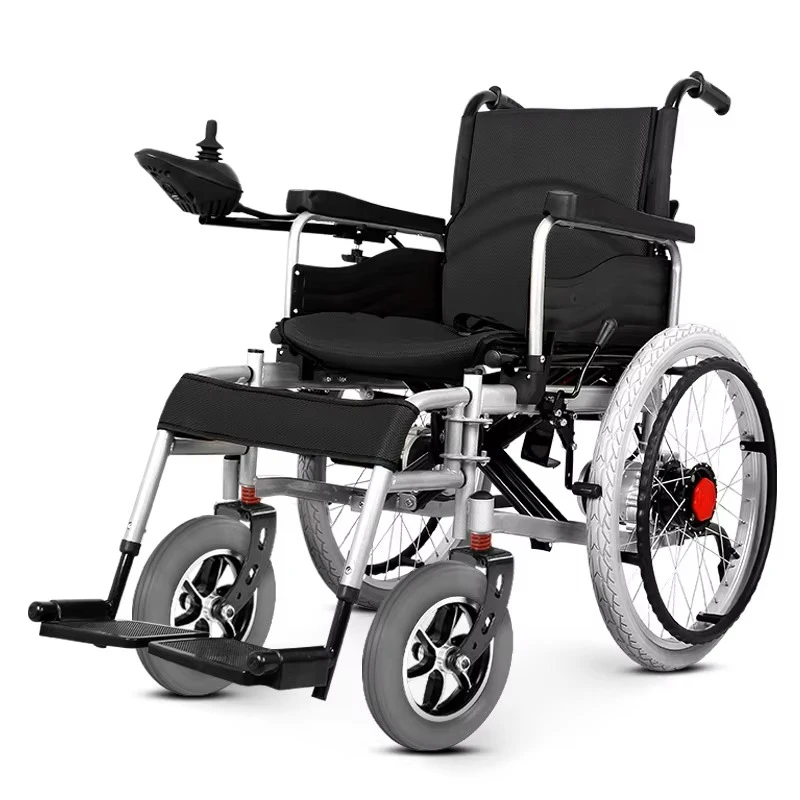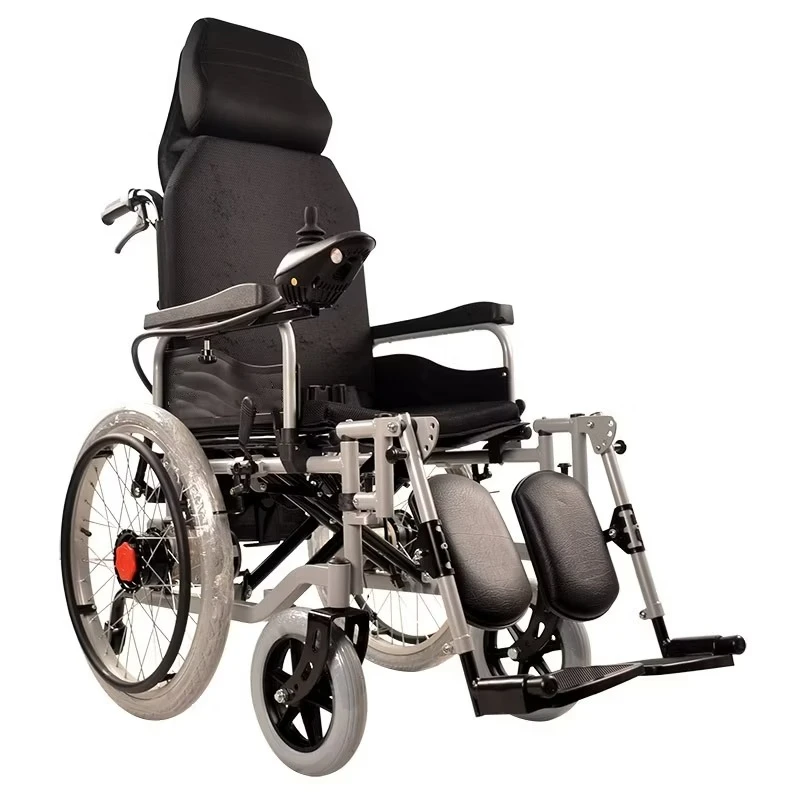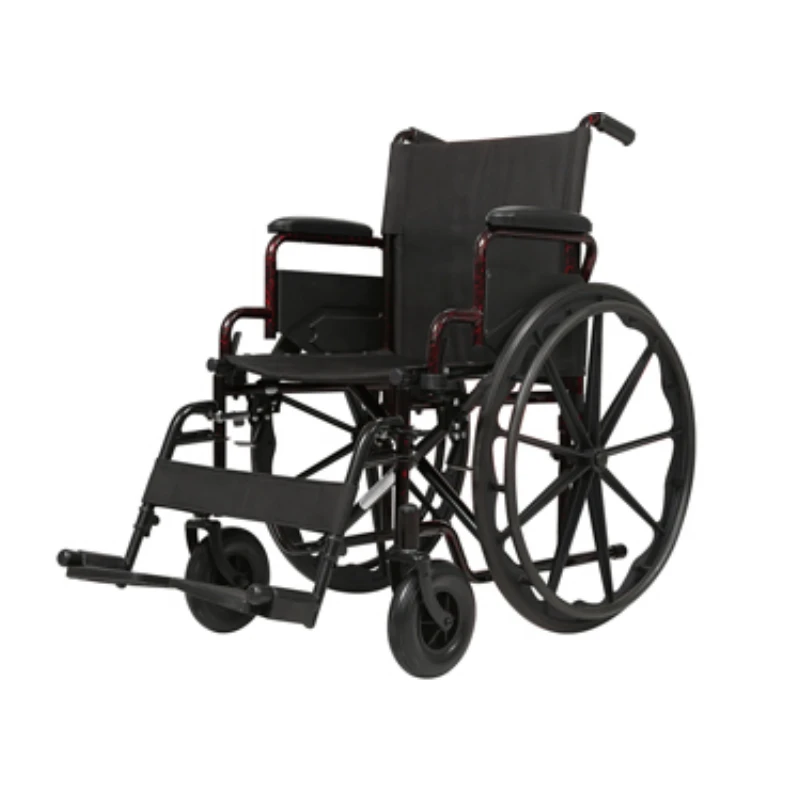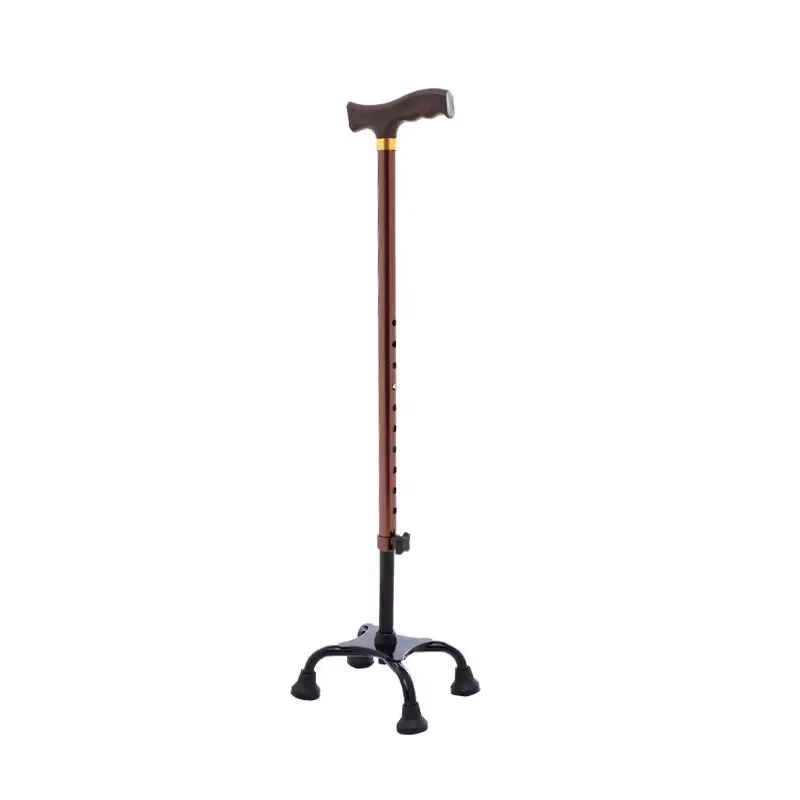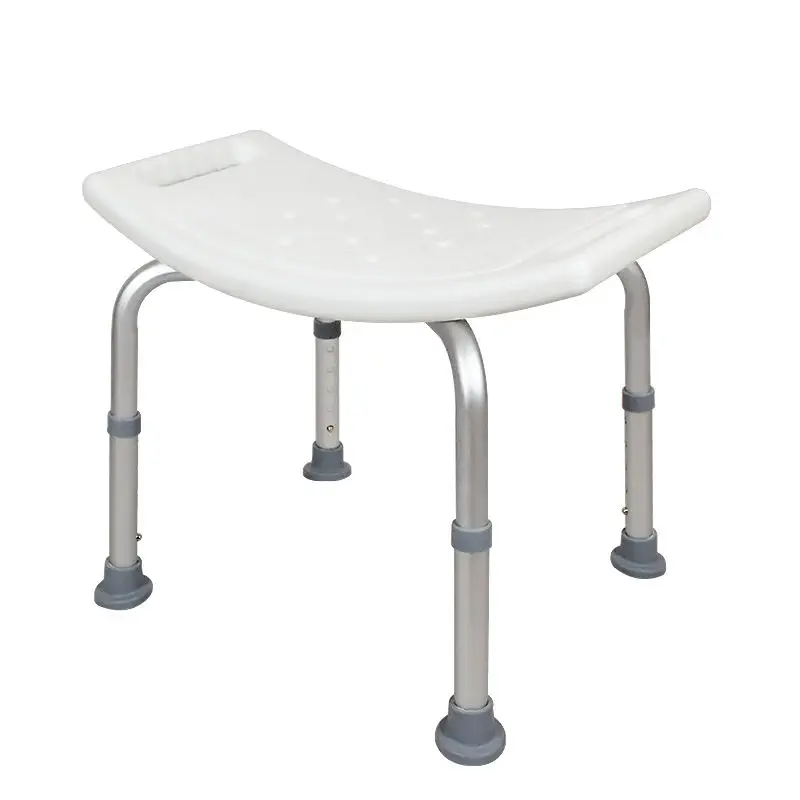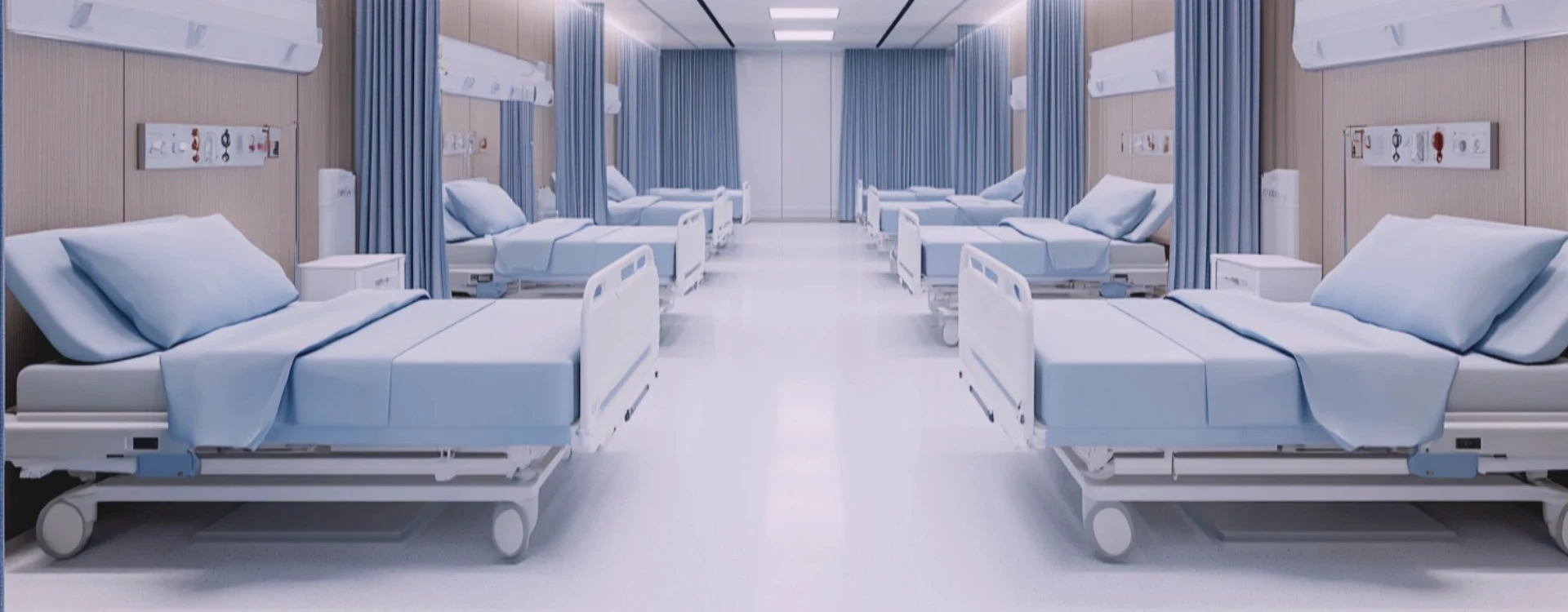
Rehabilitation equipment is designed to help individuals recover from injuries, surgeries, or conditions that impair physical function. Key features of rehabilitation equipment include adjustability,versatility, and durability. Many devices are designed to cater to various stages of recovery, from passive range-of-motion exercises to more advanced strength-building activities. For example, adjustable resistance levels in exercise machines such as stationary bikes, treadmills, and weight machines allow for gradual increases in intensity as the patient progresses. Equipment like parallel bars, balance boards, and therapy balls help improve coordination, stability, and balance, making them essential in rehabilitation for neurological and orthopedic conditions. Durability is crucial, as these devices are used frequently, so high-quality materials that can withstand wear and tear are often used. Additionally, comfort is an important feature—many rehabilitation tools have padded surfaces, ergonomic designs, and customizable settings to ensure that patients feel supported and safe during use. Portability and compactness are also considered, especially for home-use equipment, enabling patients to continue their rehabilitation outside of a clinical setting. Many modern rehabilitation devices also include digital features, such as tracking capabilities or virtual programs, to monitor progress and provide feedback to both patients and healthcare providers, enhancing the effectiveness of the rehabilitation process.
How Do Rehabilitation Equipment Benefit Patients and Healthcare Providers?
Rehabilitation equipment offers several significant benefits to both patients and healthcare providers by facilitating a more effective recovery process. For patients, rehabilitation equipment helps promote mobility, strength, and endurance, enabling them to regain their independence and perform daily activities with less pain or limitation. Equipment such as therapeutic exercise machines, resistance bands, and mobility aids provide structured, targeted exercises that help patients recover from injuries, surgeries, or chronic conditions like arthritis or stroke. The use of such equipment often speeds up recovery by providing controlled, progressive challenges to the body, which encourages healing without overwhelming the patient. Additionally, these tools help to improve coordination, balance, and flexibility, reducing the risk of future falls or injuries. For healthcare providers, rehabilitation equipment enhances the efficiency of therapy sessions by offering tools that are customizable to each patient’s needs and progress level. These devices allow providers to track improvements, monitor exercise regimens, and adjust treatment plans as needed. Furthermore, rehabilitation equipment often helps providers ensure that exercises are performed safely and correctly, minimizing the risk of further injury. For healthcare providers managing multiple patients, the availability of versatile equipment that caters to different rehabilitation needs ensures that they can offer personalized care effectively and efficiently.
How To Choose The Right Rehabilitation Equipment For A Healthcare Facility?
When choosing the right rehabilitation equipment for a healthcare facility, it's important to consider the specific needs of the patients and the type of rehabilitation services offered. First, assess whether the equipment will be used for orthopedic, neurological, or general rehabilitation, as different conditions may require specialized equipment. For example, therapy balls, treadmills, and balance boards are excellent choices for improving coordination and strength in patients recovering from orthopedic injuries. Neurological rehabilitation might require equipment like motorized tilt tables or gait trainers to assist with movement and posture control. Another consideration is adjustability; the equipment should be versatile enough to accommodate patients of various abilities and recovery stages. Choose equipment that can be easily modified for different resistance levels, range-of-motion exercises, or difficulty levels. Durability is also crucial, especially for high-use equipment, so opting for products made from high-quality, easy-to-clean materials will ensure longevity and hygiene. Additionally, it’s important to select equipment that supports proper body alignment and ergonomics to prevent discomfort or strain during use. Space and storage are also factors to consider, as the facility may need compact, portable devices for home-based rehabilitation or multi-use machines for group therapy. Lastly, ensure that the rehabilitation equipment complies with healthcare safety regulations and can be integrated with any existing therapy programs to ensure a seamless rehabilitation process.



 PDF
PDF